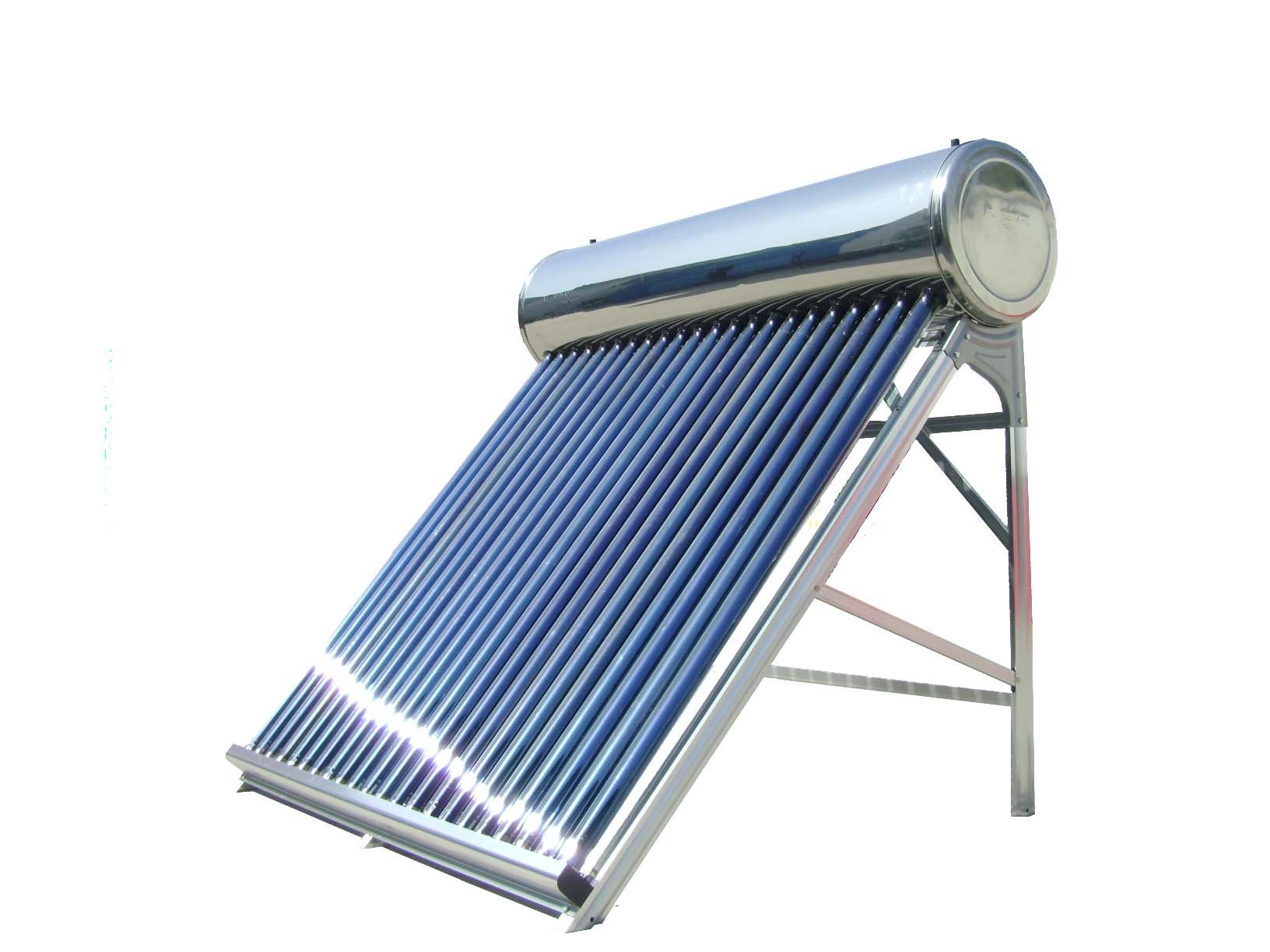Products
Solar Products
Solar power is the conversion of sunlight into electricity, either directly using photovoltaic (PV), or indirectly using concentrated solar power (CSP). Concentrated solar power systems use lenses or mirrors and tracking systems to focus a large area of sunlight into a small beam. Photovoltaic convert light into an electric current using the photovoltaic effect.
Solar panel electricity systems, also known as solar photovoltaic (PV), capture the sun's energy using photovoltaic cells. These cells don't need direct sunlight to work – they can still generate some electricity on a cloudy day. The cells convert the sunlight into electricity, which can be used to run household appliances and lighting.
Solar Panel
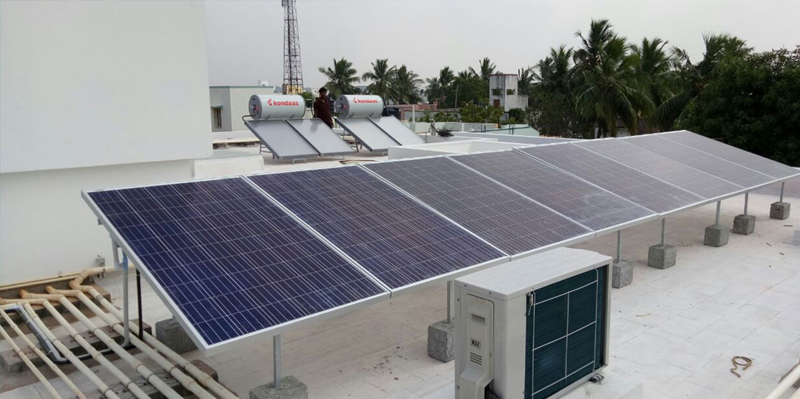
Solar off grid
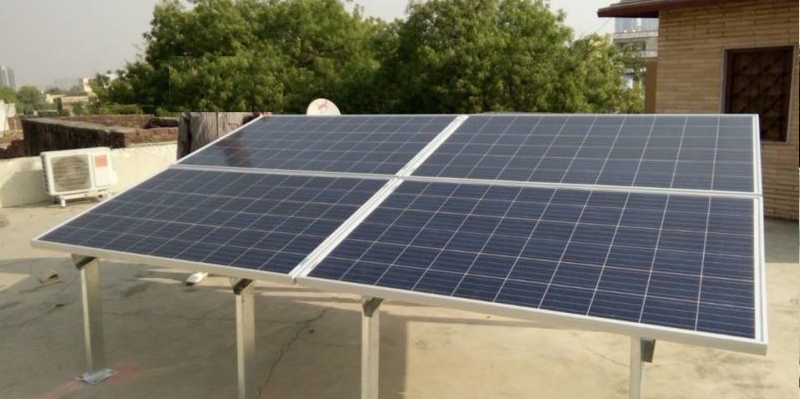
Solar On grid
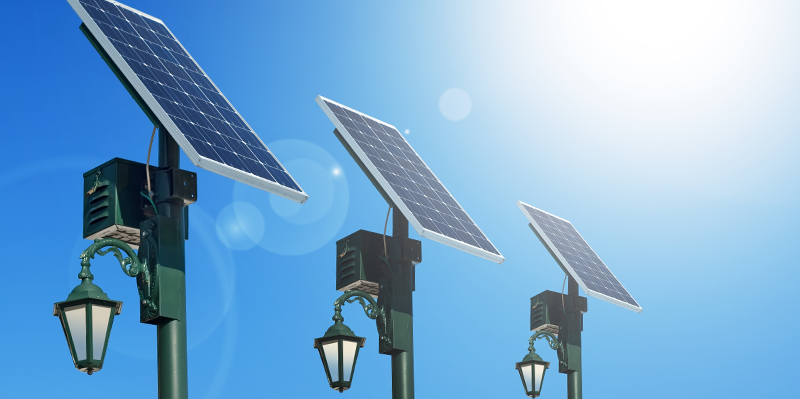
Solar Streetlight
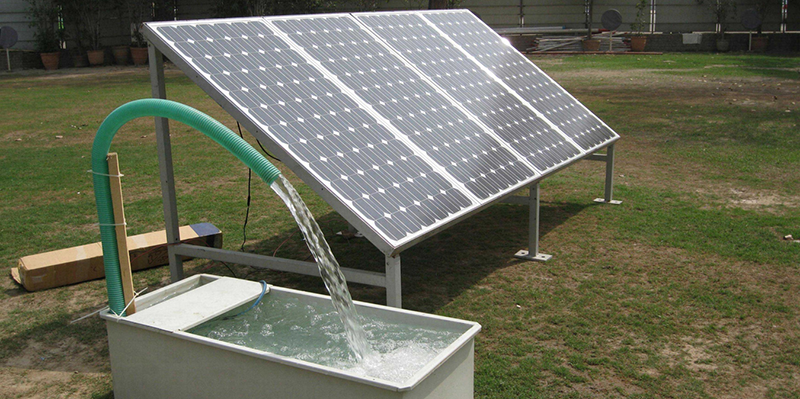
Solar Water pump
Benefit Of Solar Electricity
- Cut your electricity bills. Sunlight is free, so once you've paid for the initial installation, your electricity costs will be reduced.
- Very effective in summers
- Cost Effective large scale systems
- Solar energy is not only sustainable, it is renewable and this means that we will never run out of it. It is about as natural a source of power as it is possible to generate electricity.
- The creation of solar energy requires little maintenance. Once the solar panels have been installed and are working at maximum efficiency there is only a small amount of maintenance required each year to ensure they are in working order.
- Solar energy is, simply, energy provided by the sun. This energy is in the form of solar radiation, which makes the production of solar electricity possible.
Solar Water Heater
Solar energy is, simply, energy provided by the sun. This energy is in the form of solar radiation, which makes the production of solar electricity possible.
Electricity can be produced directly from photovoltaic, PV, cells. (Photovoltaic literally means “light” and “electric.”) These cells are made from materials which exhibit the “photovoltaic effect” i.e. when sunshine hits the PV cell, the photons of light excite the electrons in the cell and cause them to flow, generating electricity.
Solar energy produces electricity when it is in demand – during the day particularly hot days when air-conditioners drive up electricity demand. In use, solar energy produces no emissions. One megawatt hour of solar electricity offsets about 0.75 to 1 tonne of CO2. PV panels are being used increasingly, both in the city and in remote locations, to produce electricity for households, schools and communities, and to supply power for equipment such as telecommunication and water pumps.


